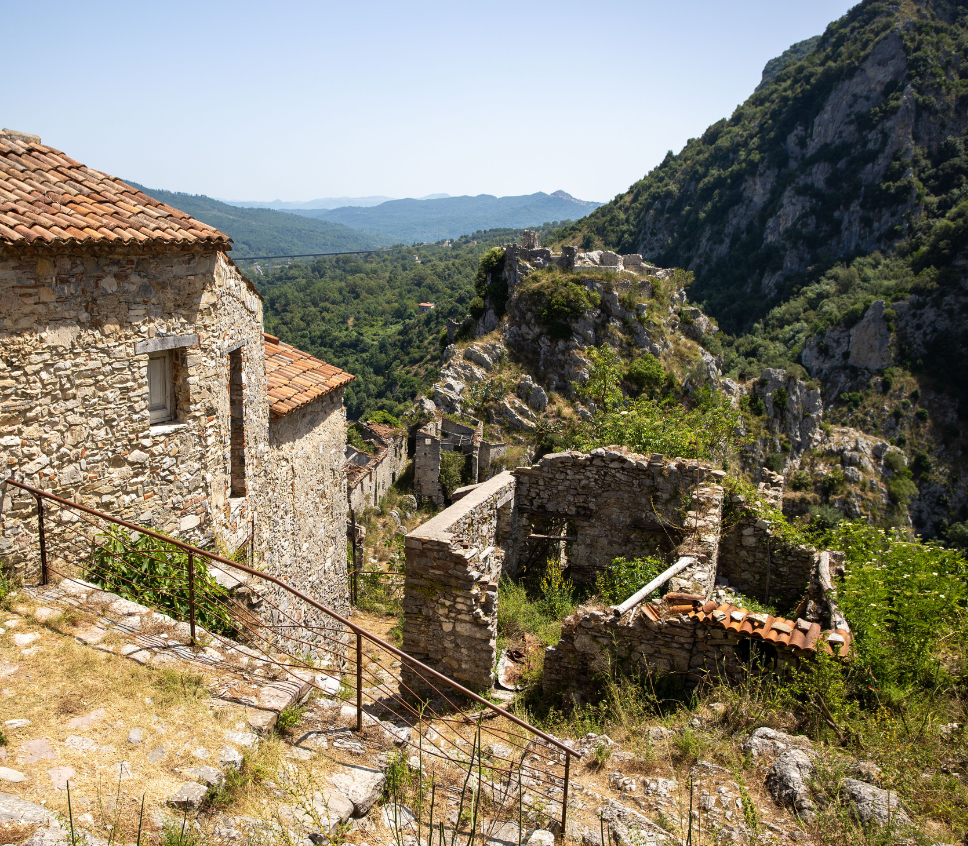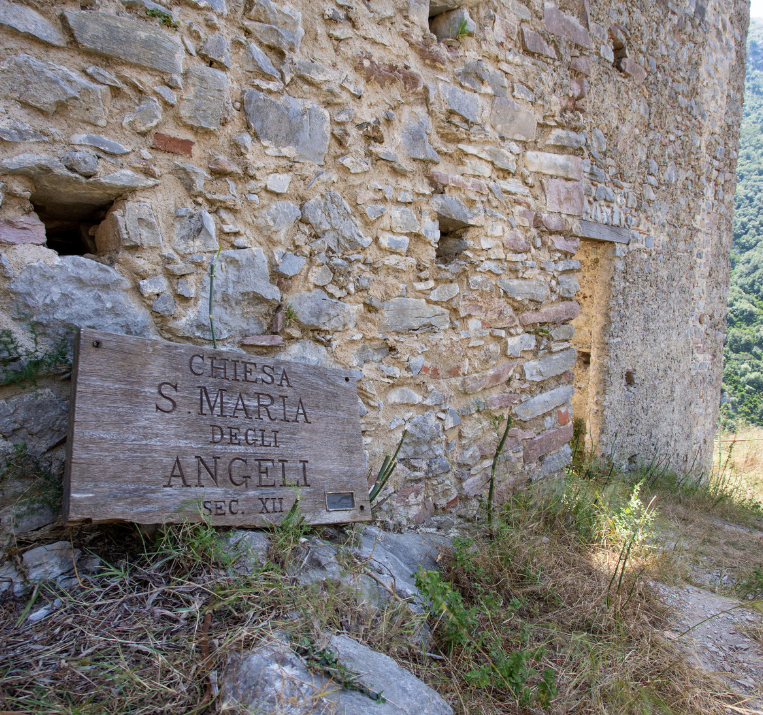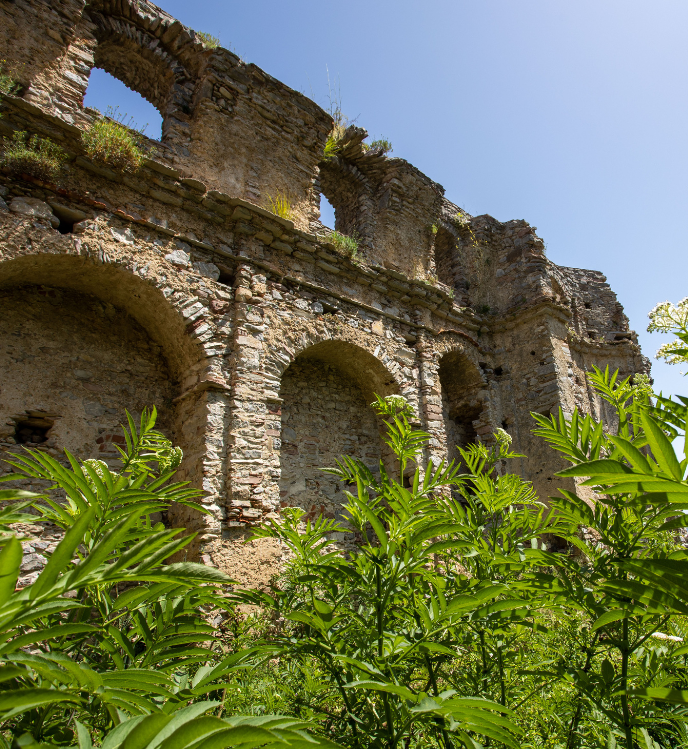CAR
Via A1/E45, exit Battipaglia. Follow SS 18 Tirrena Inferiore and SS18var in the direction of Via Stazione FS in San Severino
SP109, 48, 84051 San Severino SA

Via A1/E45, exit Battipaglia. Follow SS 18 Tirrena Inferiore and SS18var in the direction of Via Stazione FS in San Severino
By Busitalia line 112 direct to Vallo della Lucania, get off at the Centola stop and continue on foot
From Salerno take the train in the direction of Sapri and get off at Centola-Palinuro-Marina di Camerota
The medieval village of San Severino di Centola represents a place where time has stopped at the beginning of the 20th century. Its strategic position, dwellings, castle, chapels and many other details make the medieval village of San Severino one of the most fascinating places in Cilento.
The ancient village of San Severino di Centola has medieval origins, dating from the 10th to the 11th century. The name of the medieval village is linked to the historical family of the Principality of Salerno, the Sanseverino. It is not clear whether the name of the village derives from the name of the rich and powerful family or vice versa, the fact remains that the ancient village is inextricably linked to the name of the Sanseverino family.
One of the first buildings to be erected on the rock overlooking the Mingardo valley was the castle. The fortress was built in a strategic point of the Mingardo valley. From the old village of San Severino, it is possible to control access to what is known as the Devil's Gorge.
When the castle was built, a chapel and settlement were added, which have survived to the present day. The old village of San Severino di Centola has many stratifications: 10th-11th centuries, the Longobard stratification linked to the birth of the village; 11th-12th centuries with the Norman stratification; 12th-13th centuries in the Swabian period; 13th-14th centuries with the Angevins.




